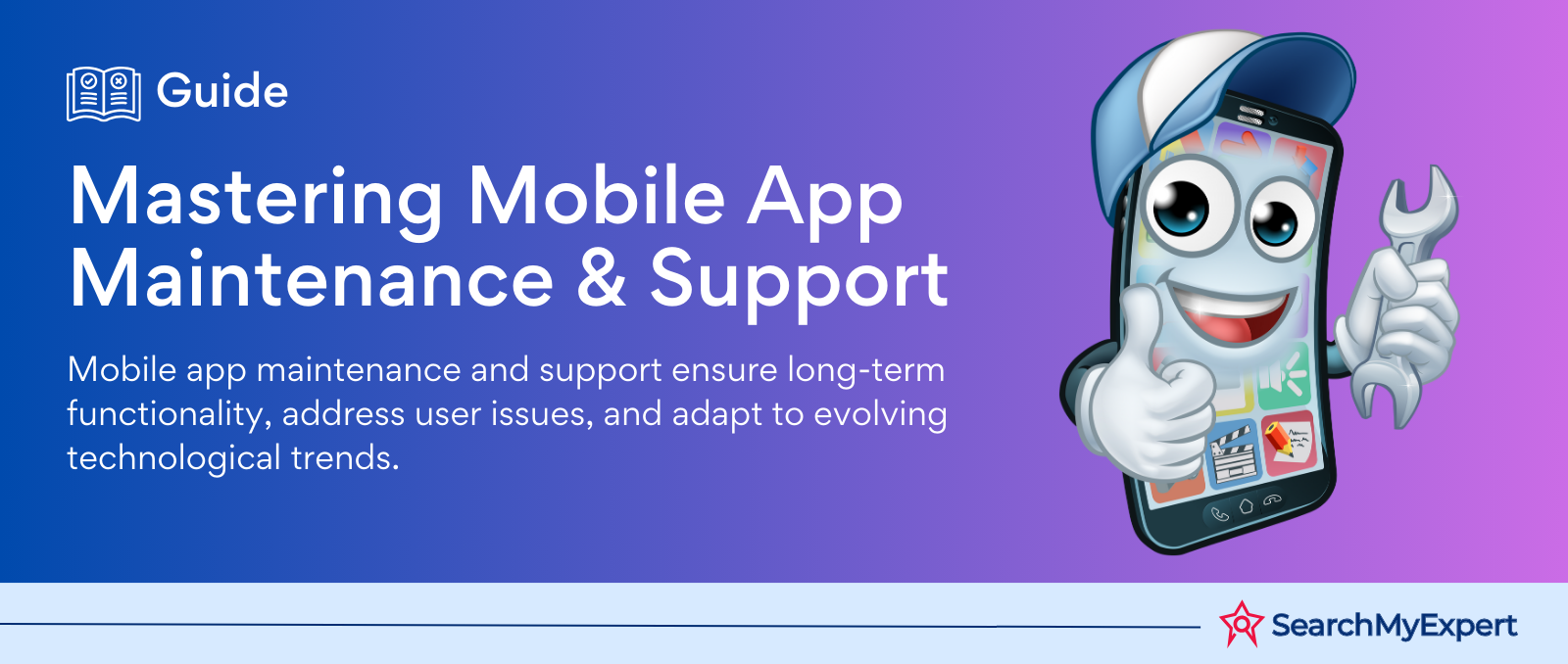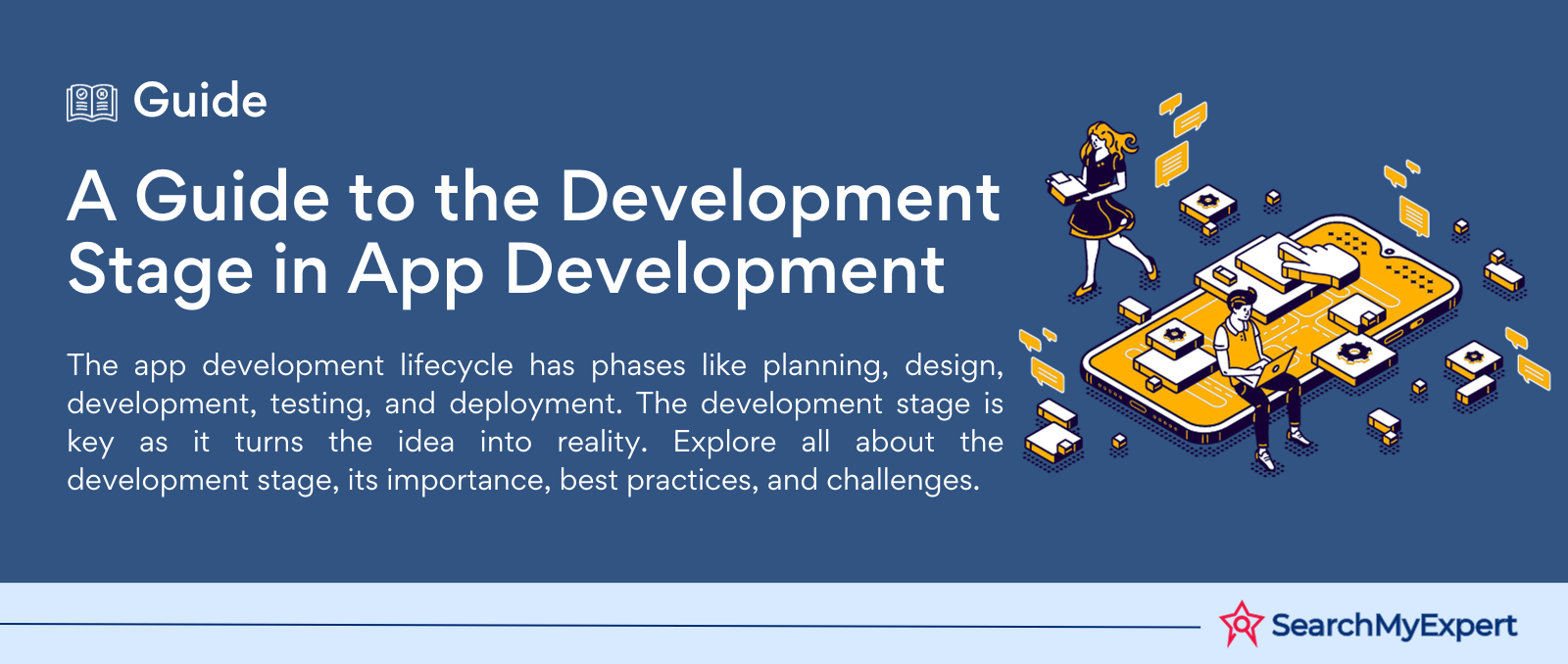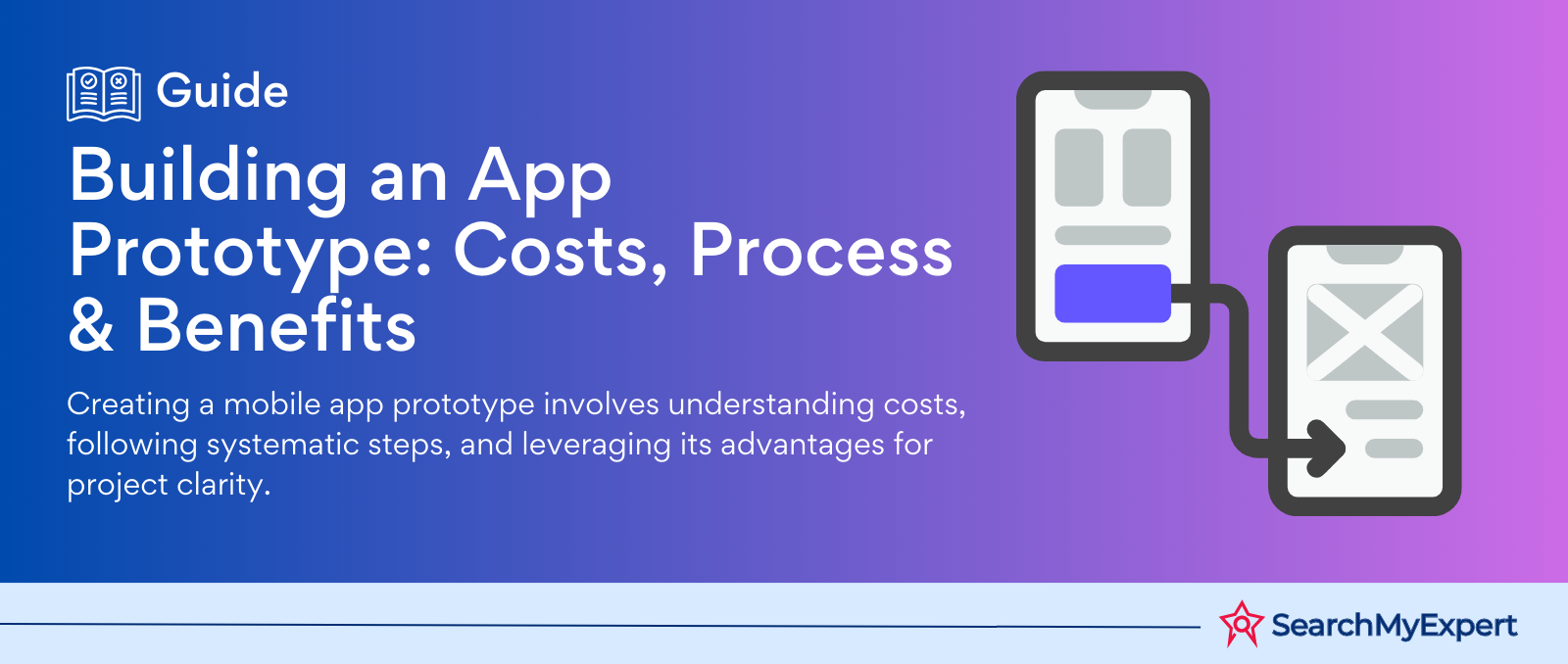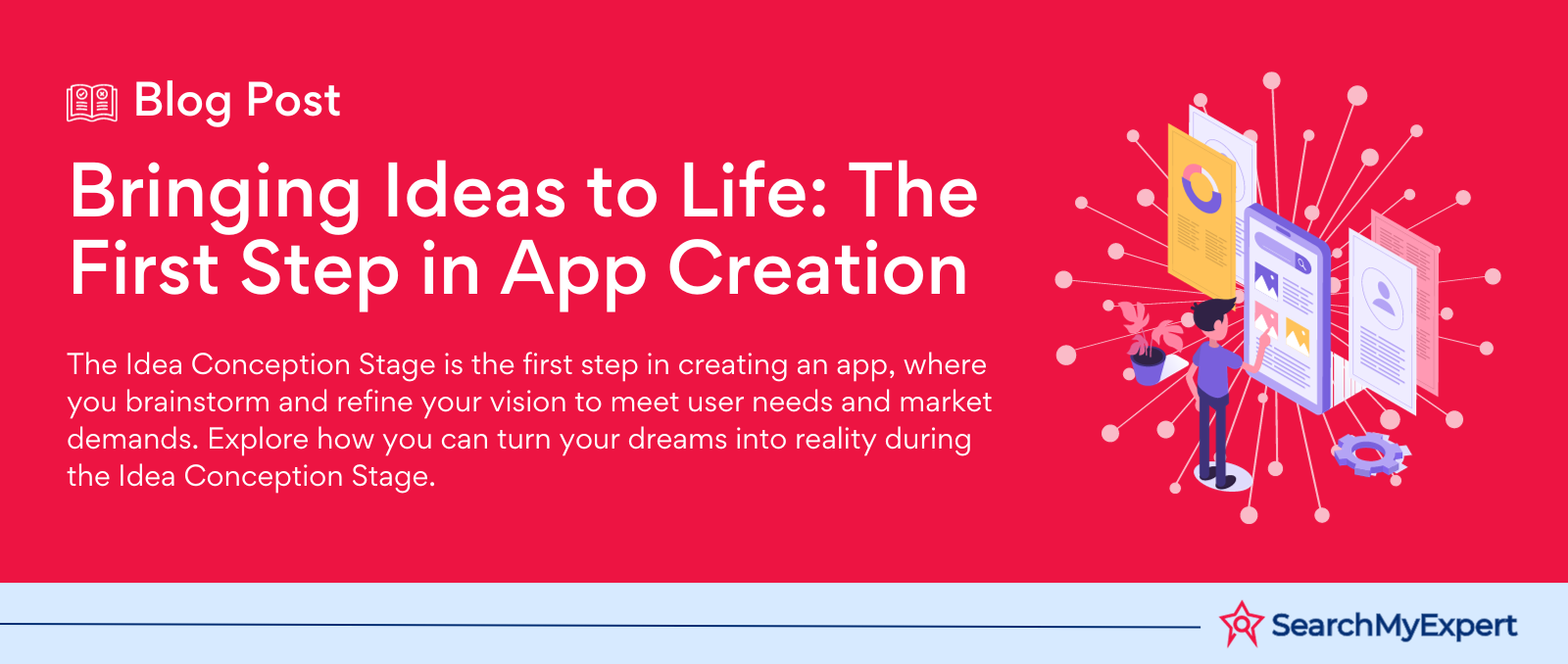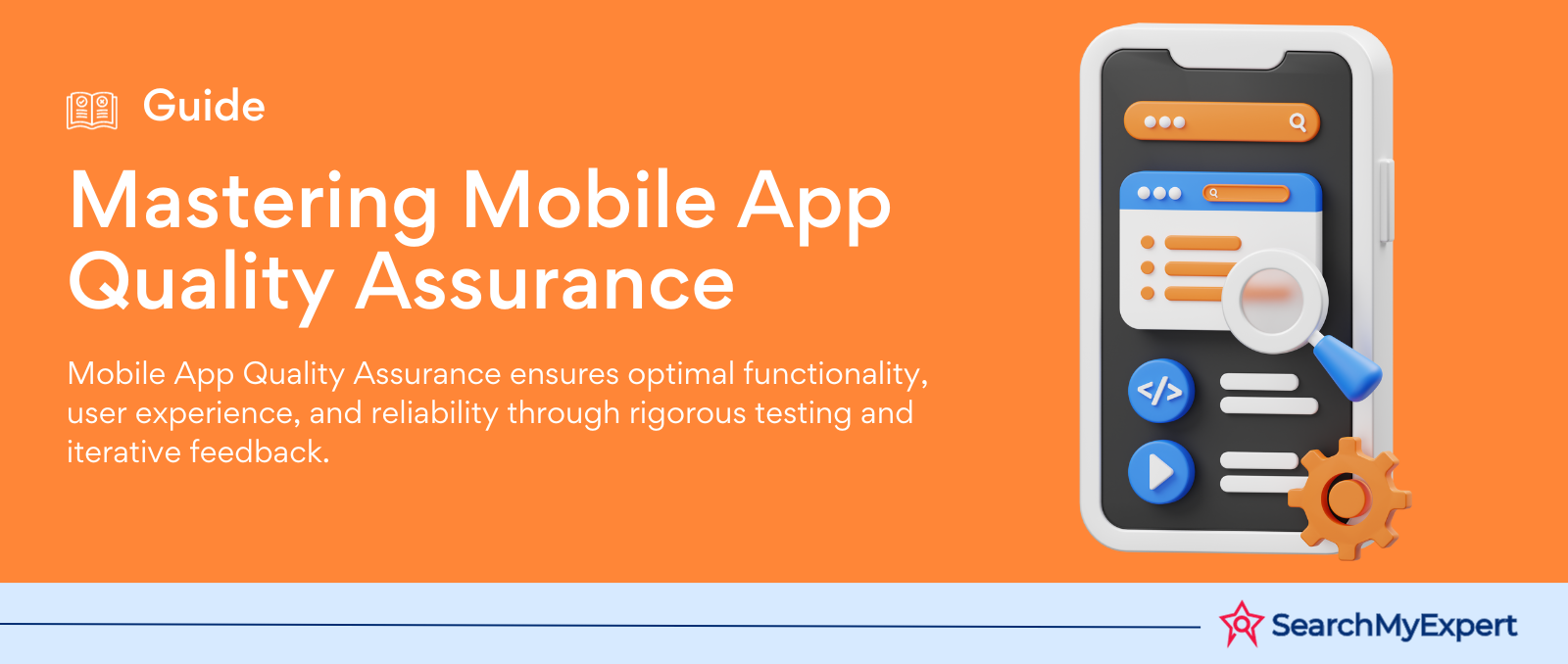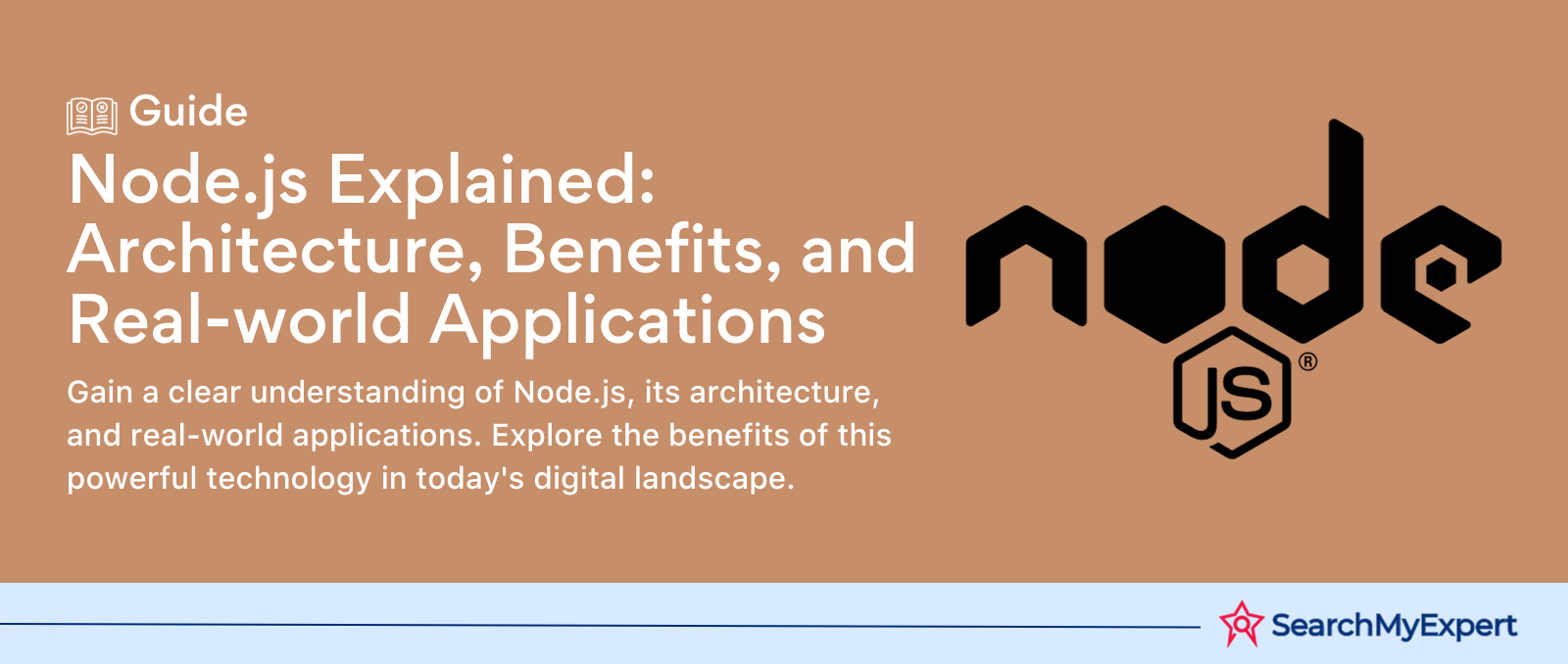Developing Brand Identities: Upcoming Trends in Logo Design
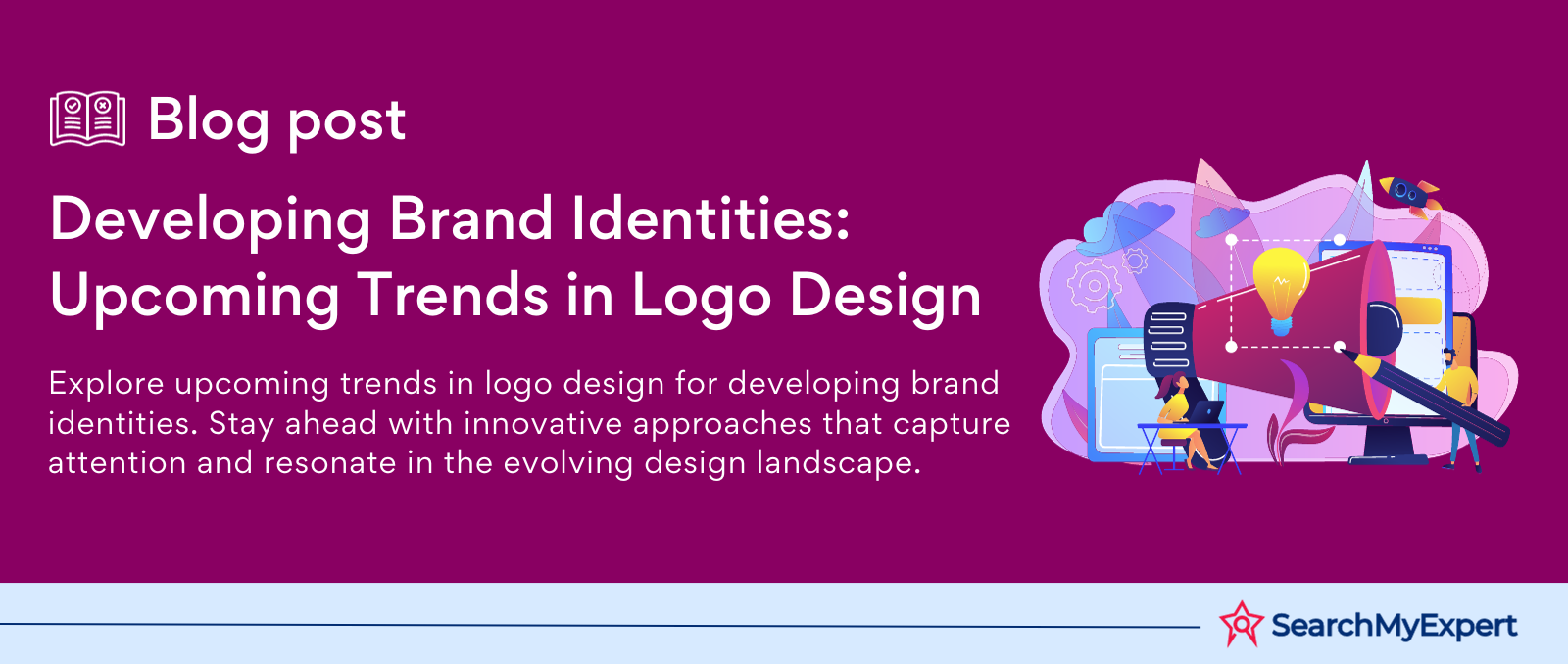
The Evolution of Logo Design: Riding the Wave of Change
The landscape of logo design is undergoing a seismic shift, propelled by the winds of technological innovation and evolving consumer expectations. This transformation is not just a trend; it's a revolution reshaping how we perceive and interact with brands.
The Catalysts of Change
- Technological Advancements: The digital era has ushered in new design tools, platforms, and mediums. From sophisticated software to virtual reality, technology is redefining the boundaries of creativity in logo design.
- Shifting Consumer Trends: Today's consumers are savvy, demanding, and visually literate. They seek logos that resonate on a deeper level – symbols that tell a story, embody values, and connect emotionally.
- Rise of Digital Experiences: In an increasingly online world, logos must be versatile, scalable, and impactful across diverse digital platforms, from tiny mobile screens to massive billboards.
Embracing Minimalism in Logo Design
"In the realm of logo design, less is often more." This statement rings especially true in the current era, where minimalism has emerged as a dominant force. A minimalist logo is not just a stylistic choice; it's a strategic one.
The Lure of Simplicity
- Clean Lines and Simple Shapes: Minimalist logos strip away the unnecessary, focusing on the essentials. This results in designs that are sleek, uncluttered, and effortlessly elegant.
- Mastering Negative Space: Effective use of negative space is a hallmark of minimalist design. It's not just about what you see; it's about what you don't. This subtlety adds depth and intrigue to the logo.
Icons of Minimalism: Case Studies
- Nike's Swoosh: A testament to minimalist design, Nike's swoosh is simple, fluid, and dynamic. It encapsulates motion and ambition, all in a single, streamlined stroke.
- Airbnb's Abstract Lettermark: Airbnb's logo is a marvel of minimalism. It's an abstract A, a location marker, a heart, and a human, all in one. This clever use of shapes and symbolism makes it a standout.
The Strategic Advantage
- Brand Memorability: Minimalist logos are easy to recall. Their simplicity makes them stick in the mind, fostering brand recognition.
- Adaptability Across Mediums: These logos excel in versatility. Whether on a tiny app icon or a giant billboard, their clarity and simplicity remain intact.
Minimalism in logo design is not just a fleeting trend; it's a reflection of a broader shift towards clarity and purpose in branding.
Dynamic Design Takes Center Stage
"In a world that never stands still, static logos are becoming a thing of the past." This statement encapsulates the rise of dynamic logos, a groundbreaking trend in modern branding.
The Era of Adaptability
- Context-Responsive Logos: Dynamic logos shift and change based on the context – be it digital or physical. This adaptability makes them more than just logos; they are interactive experiences.
- User Interaction: These logos respond to user interaction, creating a sense of engagement and personal connection with the brand.
Trailblazers of Dynamic Design
- Google's Evolving Search Page Logo: Google's logo on their search page is a masterclass in dynamic design. It changes to mark special occasions, tell stories, and celebrate cultural events, making each visit unique.
- Coca-Cola's Personalized Bottles: Coca-Cola took dynamic branding to a new level with their personalized bottle designs. By replacing their iconic logo with names, they created a deeply personal and shareable experience.
The Power of Engagement
- Creating Engaging Experiences: Dynamic logos are not just visually appealing; they invite interaction, turning viewers into participants.
- Fostering Deeper Brand Connections: These logos build a deeper emotional connection with the audience. They're not just seen; they're experienced.
Dynamic logos represent the future of branding – one where logos are living, breathing entities that interact with and adapt to their environment.
The Rise of AI-Powered Design
"As artificial intelligence reshapes our world, it's also redefining the art of logo design." This trend is revolutionizing how logos are created, from conception to execution.
AI in Logo Creation
- Generating Initial Concepts: AI algorithms can quickly produce a variety of design concepts, offering a broad spectrum of creative options.
- Optimizing Legibility and Effectiveness: AI tools analyze and refine logos for maximum impact, ensuring readability across various formats and sizes.
The Advantages of AI Integration
- Increased Speed: AI accelerates the design process, enabling rapid prototyping and iteration.
- Accessibility for All: With AI, even those without formal design training can create professional-looking logos.
- Exploring New Horizons: AI opens up unprecedented design possibilities, pushing the boundaries of creativity.
Balancing AI with Human Creativity
- Concerns Over Creativity: While AI brings efficiency, there's apprehension about its impact on human creativity.
- The Human Touch: The role of the designer remains crucial. AI is a tool, not a replacement for human insight and emotional intelligence.
The integration of AI in logo design is not just about embracing new technology; it's about how we harness this tool to augment human creativity and innovation.
Embracing Sensory Branding in Logo Design
"In today's world, a logo is not just seen; it's experienced through multiple senses." This insight is driving the evolution of logos into multi-sensory brand experiences.
The Multi-Sensory Revolution
- Beyond Visuals: The future of logos lies in engaging more than just sight. Incorporating sound, touch, and even smell, these logos create a more immersive experience.
- Engaging All Senses: By stimulating multiple senses, logos can forge a stronger, more emotional connection with consumers.
Pioneers of Sensory Branding
- Mastercard's Sonic Branding: Mastercard has introduced a unique sonic logo, an instantly recognizable melody that plays during transactions and marketing materials.
- Singapore Airlines' Multi-Sensory Inflight Experience: Their logo extends to a holistic sensory experience, from the distinct cabin scent to the tactile comfort of their seats.
The Power of Emotional Connection
- Creating Immersive Experiences: Sensory branding turns every interaction with the logo into an experience, elevating the brand's presence in consumers' lives.
- Deepening Consumer Relationships: By engaging multiple senses, brands can create more memorable and emotionally resonant experiences.
Sensory branding is not just a trend; it's a profound shift in how brands connect with consumers, turning logos into experiences that resonate on a deeper, more personal level.
Sustainability Takes Root in Logo Design
"As the green wave sweeps across industries, logo design is planting its flag in the realm of sustainability." This trend reflects a deeper commitment to environmental responsibility, resonating strongly with eco-conscious consumers.
The Green Evolution in Branding
- Eco-friendly Materials and Production: Brands are increasingly opting for sustainable materials and processes in logo creation, from recycled paper to biodegradable inks.
- Natural Elements and Recycled Designs: Logos now frequently incorporate elements of nature, recycled materials, or upcycled designs, emphasizing a connection to the earth and sustainability.
Icons of Sustainability
- Logos with Natural Motifs: Brands are integrating natural imagery and organic shapes into their logos, symbolizing a harmonious relationship with the environment.
- Upcycled and Recycled Designs: Some logos are created from upcycled materials, showcasing innovation and a commitment to reducing waste.
Reflecting Brand Values
- A Symbol of Environmental Responsibility: Sustainable logos serve as a visual representation of a brand’s commitment to protecting the planet.
- Resonating with Eco-Conscious Consumers: These logos appeal to consumers who prioritize environmental sustainability, fostering a deeper brand connection.
The shift towards sustainable logo design is more than an aesthetic choice; it's a reflection of a brand's ethos and its dedication to a greener future.
The Future is Collaborative: A New Era in Logo Design
"Together, we create more than just logos; we craft stories, experiences, and identities." This mantra is at the heart of the future of logo design, where collaboration takes center stage.
The Power of Collaboration
- United Forces: The future is about brands, designers, and consumers coming together. This collaborative approach leads to more diverse, creative, and meaningful visual identities.
- Role of Online Platforms: The rise of online platforms and communities has revolutionized the way we think about collaboration in logo design. These spaces allow for instant feedback, diverse inputs, and a rich exchange of ideas.
Technology and Creativity: A Harmonious Blend
- Tech-Enabled Creativity: As technology advances, its role in enhancing and facilitating creative processes in logo design becomes more integral.
- Innovative Platforms: Online design tools and collaborative platforms are not just tools; they're catalysts for creativity, enabling designers and non-designers alike to contribute to the logo design process.
Optimistic Outlook
- Bright Future: The future of logo design is optimistic, where the convergence of technology, creativity, and collaboration will lead to truly impactful brand experiences.
- Inclusive and Dynamic: This collaborative future promises more inclusive, dynamic, and emotionally resonant logo designs, reflecting a broader range of perspectives and stories.
The collaborative nature of future logo design isn't just a trend; it's a paradigm shift towards more inclusive, innovative, and impactful branding.
Conclusion
As we have explored, the world of logo design is evolving rapidly, embracing new trends, technologies, and philosophies. From the simplicity of minimalism to the interactive nature of dynamic designs, from the innovative use of AI to the sensory richness of multi-sensory branding, and finally to the eco-consciousness of sustainable design and the power of collaboration – each trend highlights a unique facet of modern branding.
The future of logo design is not just about aesthetics; it's about creating a deeper connection with the audience. It's a fusion of art and science, where creativity meets technology, and where individual visions blend into collective masterpieces. As designers, brands, and consumers work together, they are not just creating logos; they are weaving the very fabric of brand identities that resonate with audiences on a global scale.
In this dynamic landscape, one thing is certain: the logo of tomorrow will be more than just a mark. It will be an experience, a memory, a relationship – a true embodiment of the brand it represents.
Innovate your brand's first impression with Logo Design Firms.
share this page if you liked it 😊
Other Related Blogs

Mastering Docker for App Development: A Comprehensive Guide to Benefits, Use-Cases, and Alternatives
STAY UP TO DATE
GET PATH'S LATEST
Receive bi-weekly updates from the SME, and get a heads up on upcoming events.
Contact Us





